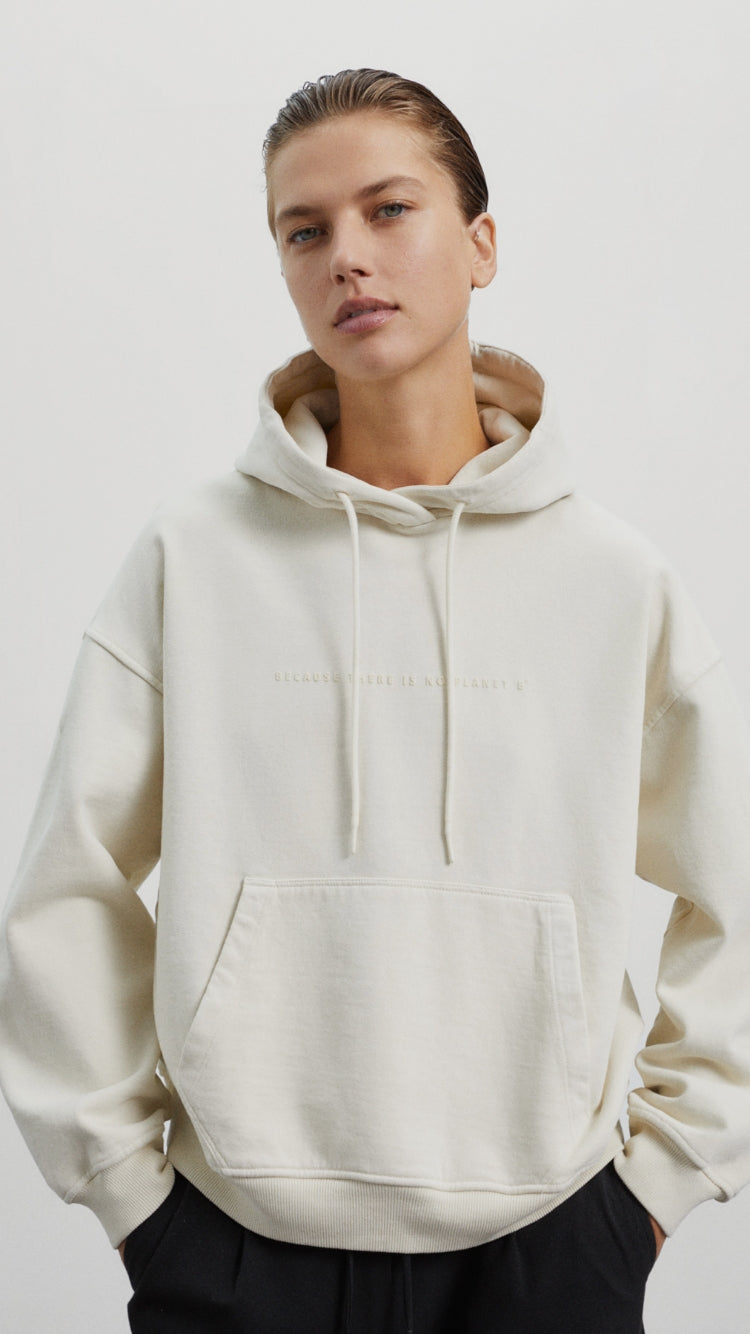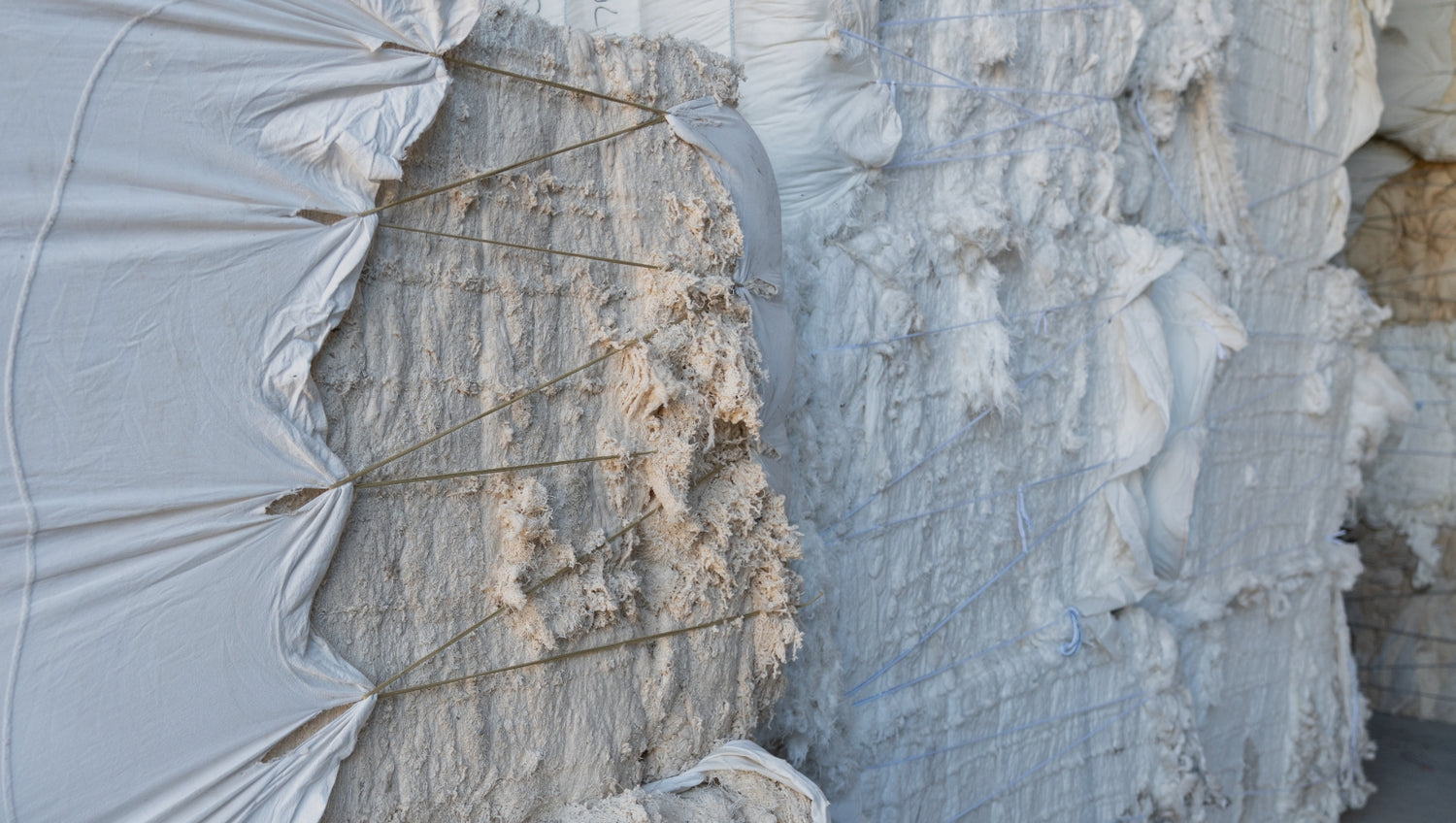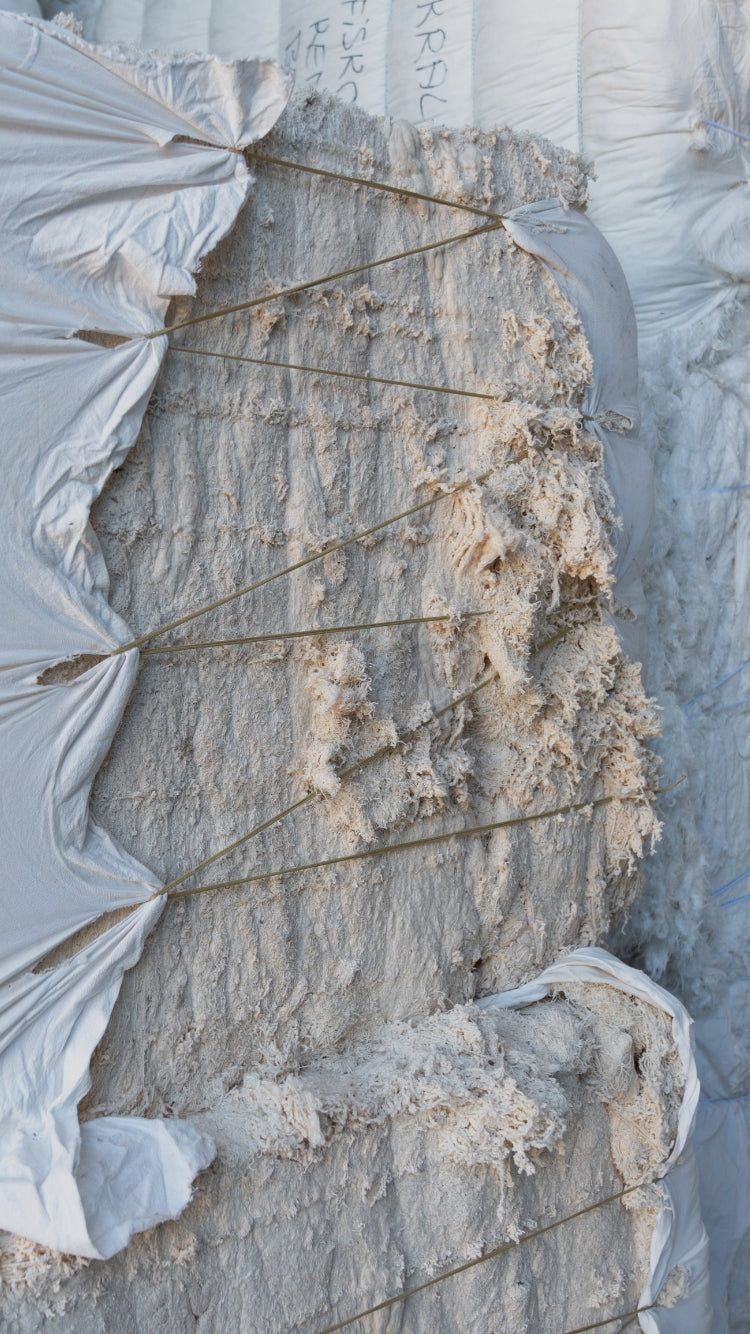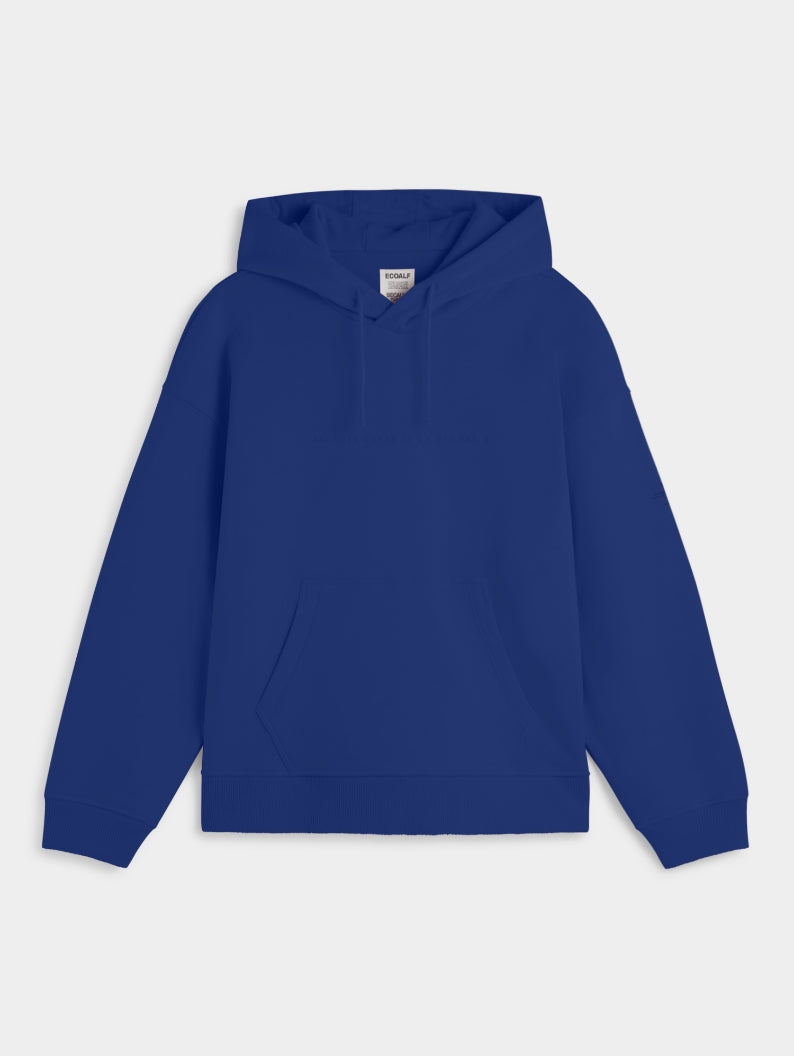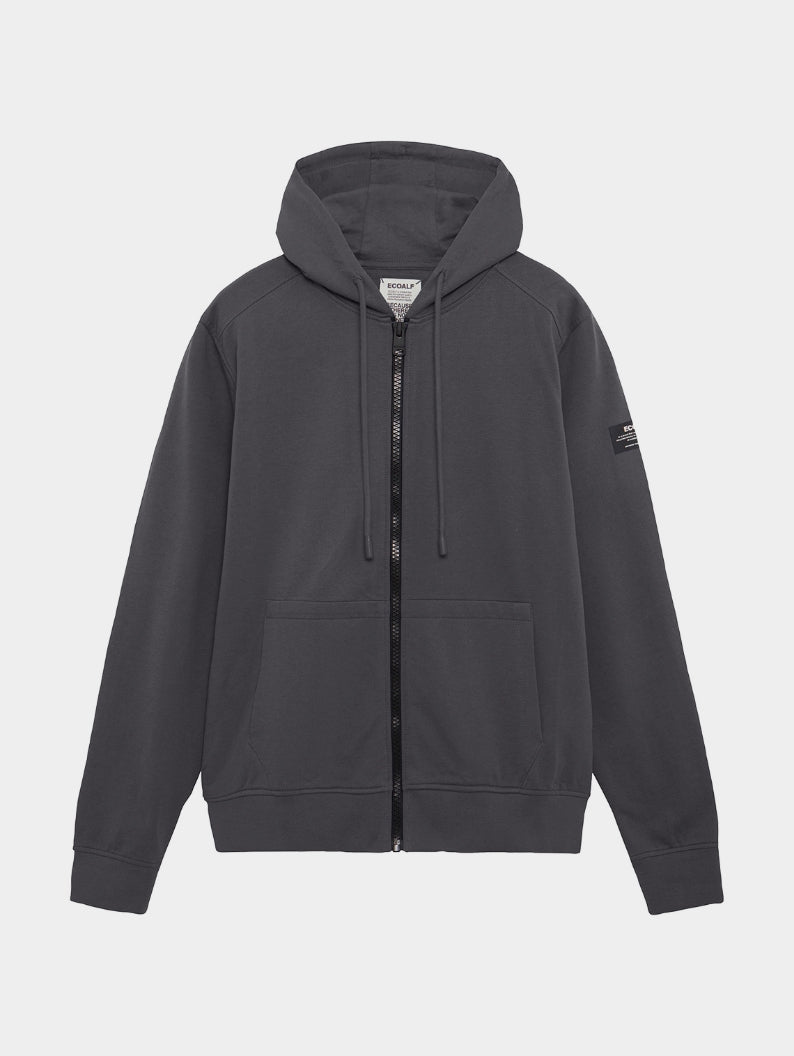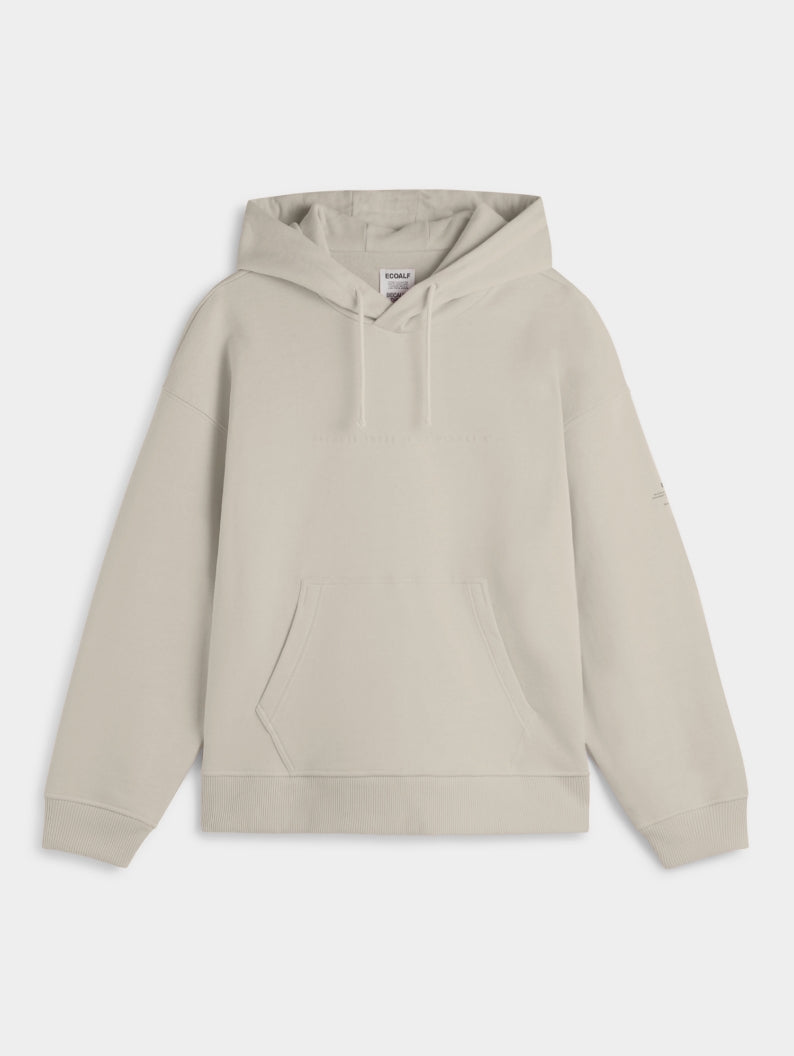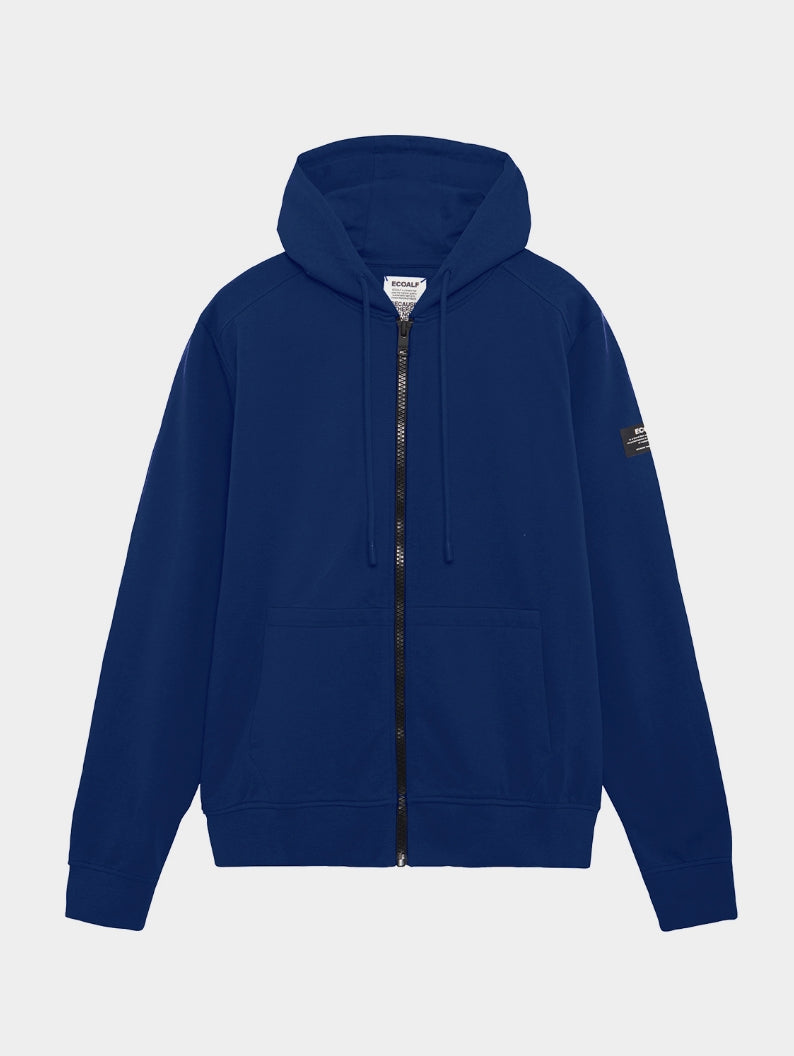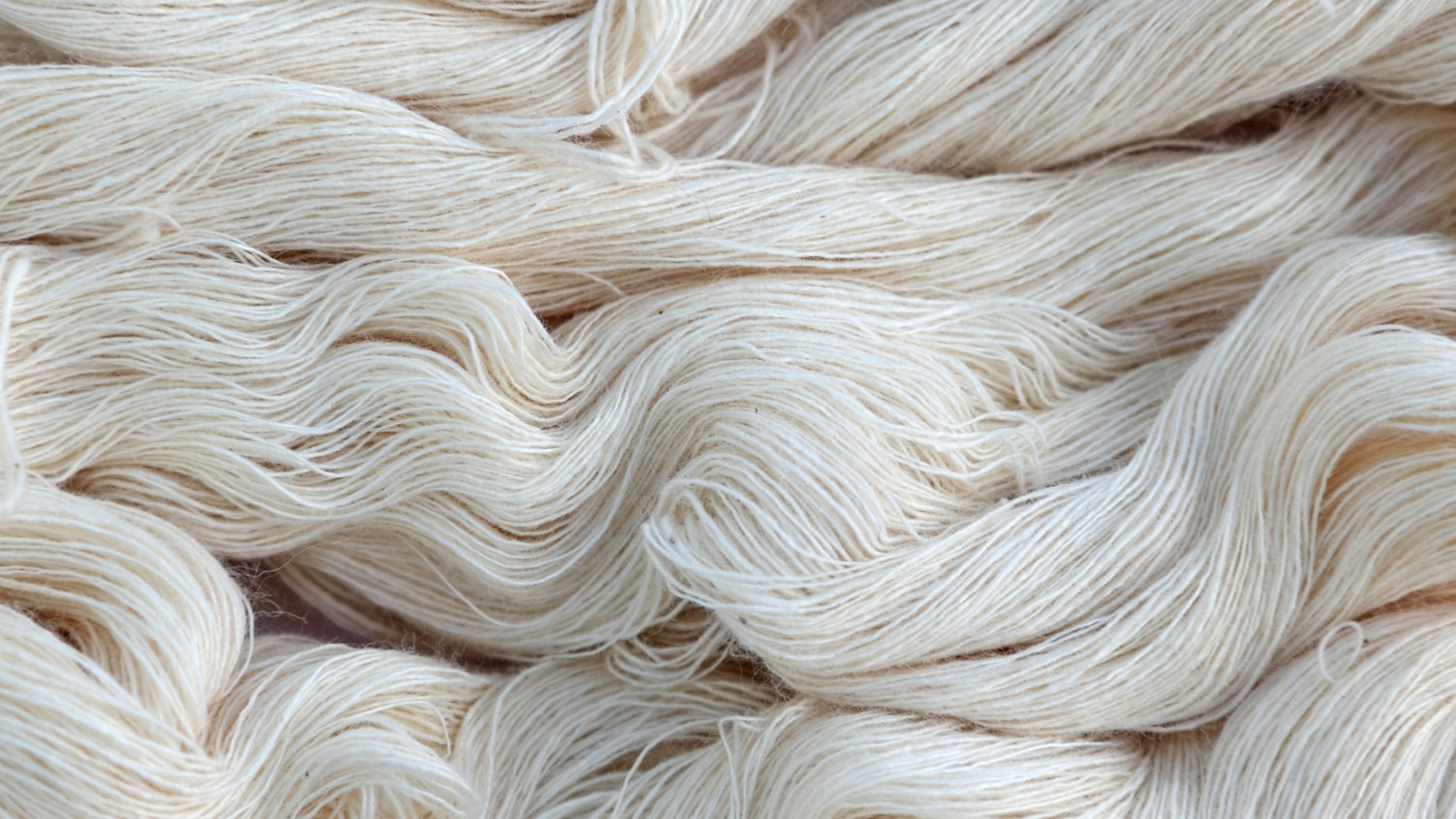COTTON REBORN
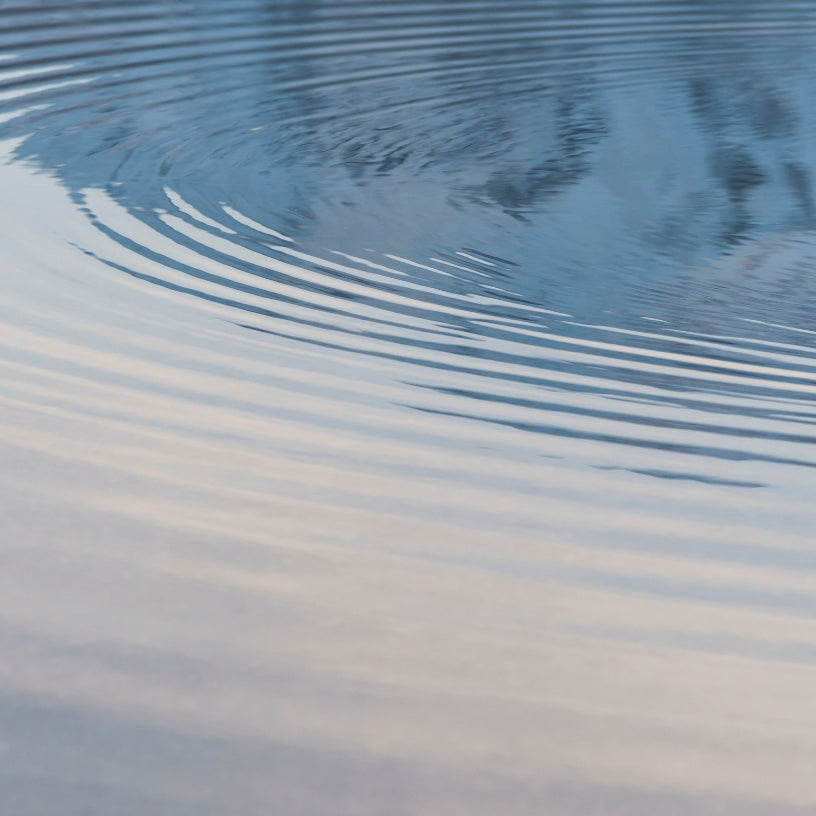
IT TAKES 1,104 LITERS OF WATER TO PRODUCE 1 COTTON T-SHIRT
That is enough for one person to drink for nearly a year. One of the major environmental impacts of the textile industry comes from cotton because of its extensive use of water during its cultivation and production. About 3% of the world’s surface is used for cotton production. More than half of cotton fields are irrigated artificially and up to 90% of the water used is drinkable. Approximately 2 billion T-shirts are sold each year.
-
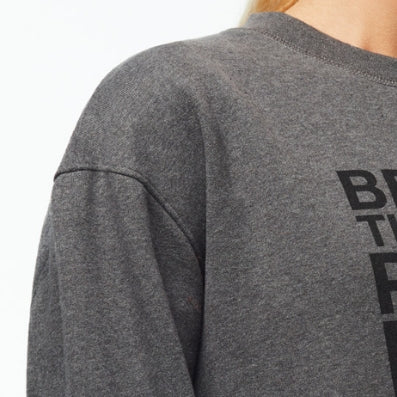
2014
-
30% Recycled
Cotton
+ infoWe introduced our first sweatshirts made with 30% recycled cotton that were soft to the touch.
-

2016
-
Recycled Cotton &
Recycled Polyester
+ infoWe mixed recycled cotton with recycled polyester so that the items were made with 100% recycled material.
-
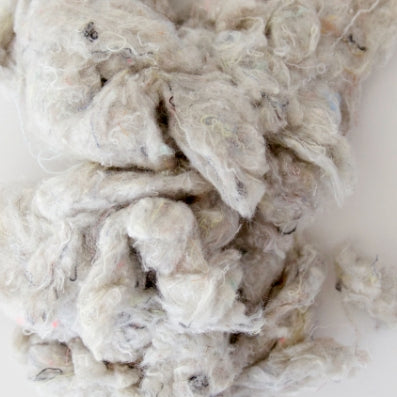
2021
-
50% Recycled
Cotton
+ infoIn an effort to become circular, we started to work with mono-materials to make our items both recycled and recyclable. We made sweatshirts by blending 50% recycled cotton with 50% organic cotton.
-

2023
-
100% Recycled
Cotton
+ infoWe present 100% recycled cotton sweatshirts and T-shirts (made from leftover cotton waste that are mono-material to be recycled again) a revolutionary breakthrough allowing us to reach circularity.
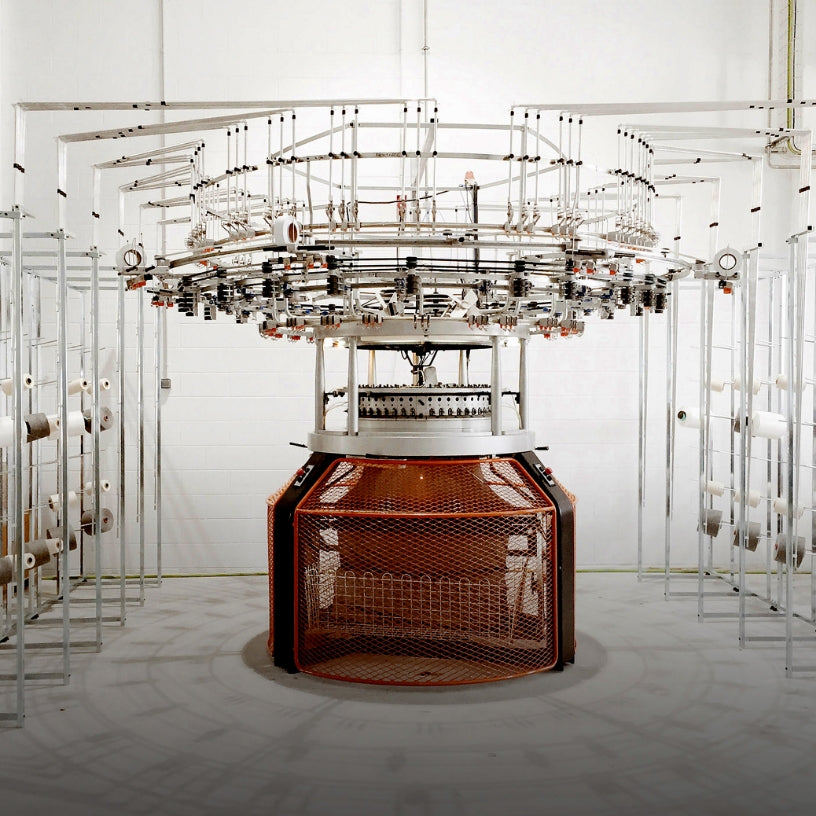
THE MOST-ADVANCED TECHNOLOGY & A ZERO WASTE PHILOSOPHY
Circularity has been our obsession over the past few years. We have collaborated with The LoopTM project, which is at the forefront of circularity thanks to the most-advanced technology and their constant innovation focused on a zero-waste philosophy.
By guaranteeing quality, recyclability, and durability across our fabrics we have eco-designed a collection of 100% recycled cotton that can be recycled over and over again. The process begins with leftover cotton waste being recycled into top-quality sweatshirts and t-shirts. At the end of the garment’s lifecycle, we can recycle it into new garments. This is the first step in transforming a linear model, in which the items we buy end up burnt or in landfills, to a circular model in which the natural resources we use will never become waste, but instead REBORN.
THIS COLLECTION HAS SAVED 1.4 BILLION LITERS OF WATER COMPARED TO THE INDUSTRY STANDARD

